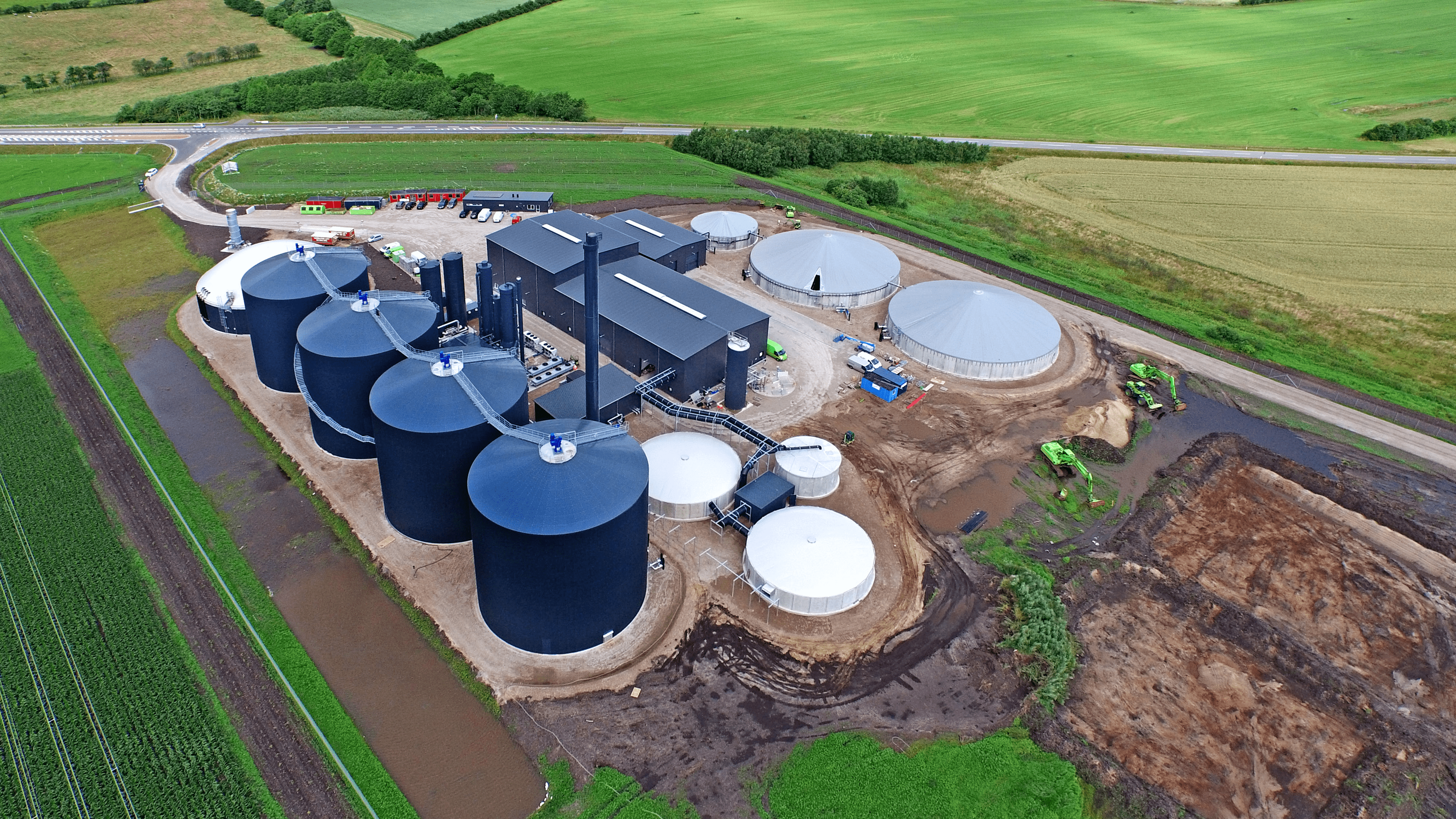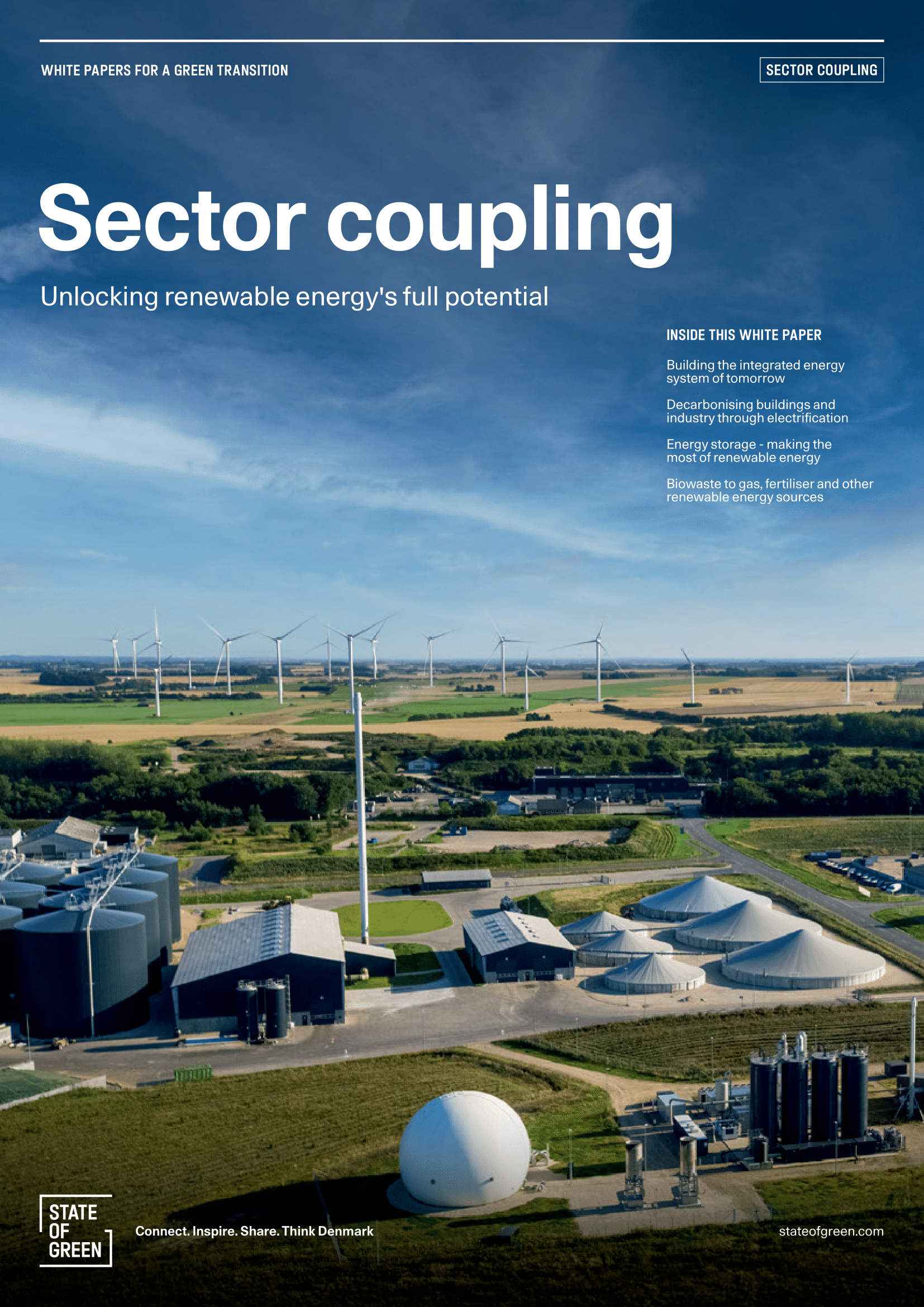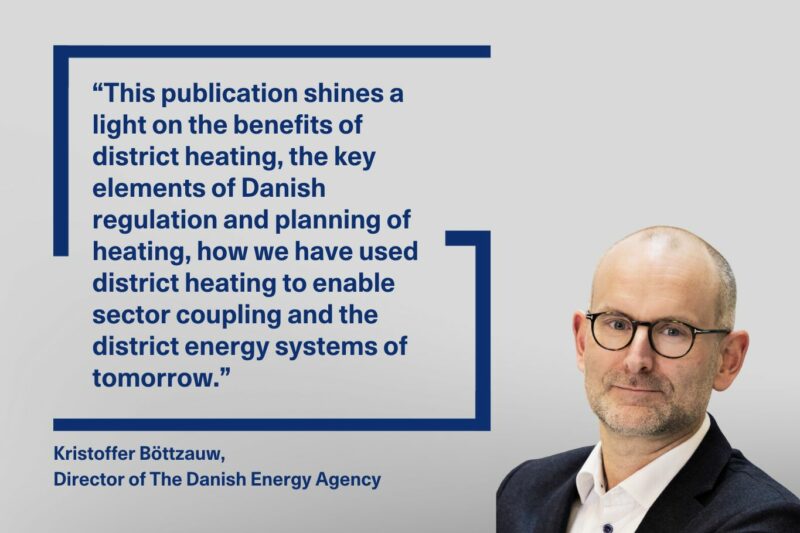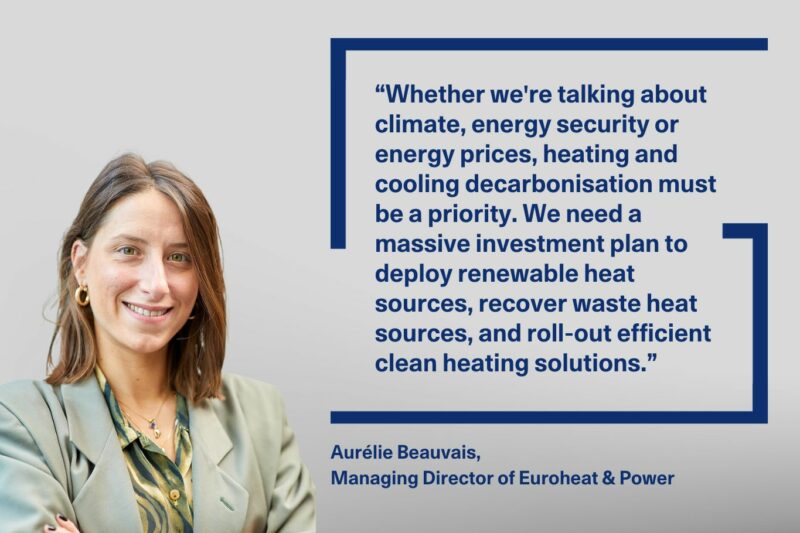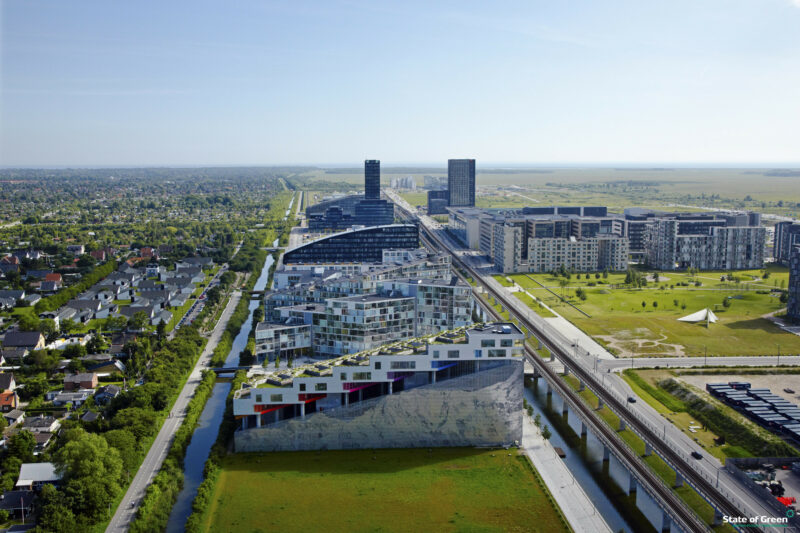Biogas production, in particular, is crucial to the transition and decarbonisation of the energy system, displacing natural gas in processes that are difficult or still in the early stages of electrification, such as industrial high-temperature processes.
Replacing natural gas with biogas
The production of biogas has increased rapidly in Denmark, currently substituting more than 40 percent of the natural gas consumption. This makes Denmark’s gas consumption the greenest in the world. Current projections indicate that by 2029, the Danish gas grid will run entirely on biogas. Denmark’s swift transition has strengthened competencies and innovation within the sector. A large part of the production comes from centralised plants, which efficiently handle large volumes of waste and side streams from agriculture, industry and households.
Typically, the biomethane from these plants is upgraded and injected into the gas grid, thereby replacing fossil natural gas in the energy system. This is done safely, cost efficiently and reliably from Denmark’s more than 50 biogas plants through a standardised module concept that measures and controls the gas quality. The production offers both local and global flexibility to the renewable electricity production. In addition, decentralised solutions that are not part of the standardised module concept also contribute to reducing CO2 e emissions and greening the gas supply in local industries, such as farms, food processing and beverage factories, utilities and water and waste management.
The water sector also contributes cleverly to the production of biogas, as anaerobic sludge from wastewater treatment plants is another valuable source to produce biogas. Biogas can also be converted into electricity, heat and, in some cases, injected directly into local or national gas grids. Combined, these approaches foster a balanced energy ecosystem, reducing fossil fuel dependence, promoting sector coupling and positioning Denmark as a renewable energy leader.
Pyrolysis – turning biowaste into green fertiliser
Biowaste and even residual biomass from biogas production can serve as feedstock for pyrolysis, which offers another avenue for converting biowaste and cheap power from renewable energy sources. Integrating biogas production with pyrolysis constitutes advancements towards sector coupling and the comprehensive closure of the carbon cycle.
Pyrolysis involves heating organic materials without oxygen, resulting in the decomposition of biomass into biochar, bio-oil and synthetic gas. This process extracts even more renewable energy and produces carbon-rich biochar that can be used as fertiliser to improve soil health and carbon sequestration. Pyrolysis thus enhances overall efficiency and resource utilisation, promoting a more sustainable energy system with the added benefits of increased resilience, flexibility and environmental benefits.
